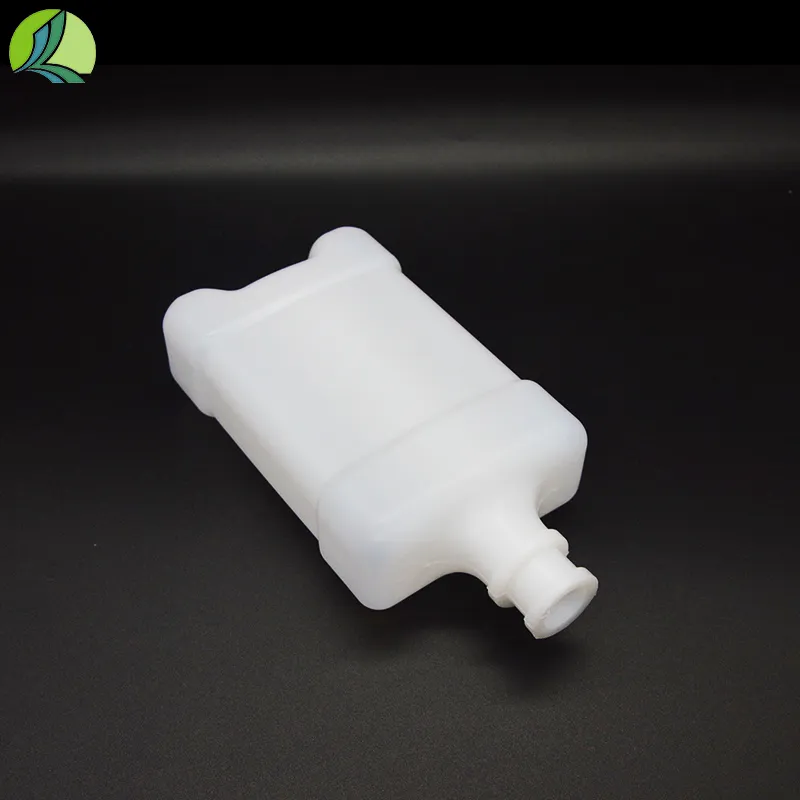centrifuge tube price
Understanding Centrifuge Tube Prices Factors and Variability
Centrifuge tubes are ubiquitous in laboratories and research facilities around the world. These specialized test tubes are designed to withstand the high centrifugal forces generated during centrifugation, a process critical for the separation of substances based on density. Given their widespread use, understanding the price dynamics of centrifuge tubes is essential for lab managers, researchers, and purchasing agents. This article explores the factors influencing centrifuge tube prices and provides insights into the market landscape.
Material Composition
The first significant factor impacting the price of centrifuge tubes is their material composition. Common materials include polypropylene (PP) and polystyrene (PS). Polypropylene tubes are generally more durable and resistant to chemical solvents, making them more suitable for a variety of applications, such as biological and chemical analysis. Consequently, polypropylene centrifuge tubes tend to be more expensive than those made from polystyrene. Variants such as minimal-volume or low-bind tubes designed for specific applications can further increase costs due to advanced manufacturing processes and material innovations.
Size and Capacity
Centrifuge tubes come in various sizes and capacities, which also affects pricing. Standard sizes range from 1.5 mL to 50 mL, with larger tubes and specialized sizes (such as those used for cell culture) being priced higher due to increased material usage and specific design considerations. Researchers must often balance cost with the need for accuracy and volume in their experiments, leading to varied price ranges within the product category.
Brand and Quality
Brand reputation can significantly influence price points. Established manufacturers with a long-standing reputation for quality and reliability often charge higher prices for their products. These brands invest in rigorous quality control and certification processes, which ensure that their tubes meet stringent standards. Conversely, lesser-known or generic brands may offer lower prices, but this can come with potential trade-offs in terms of quality, reliability, and availability of necessary certifications.
centrifuge tube price

Bulk Purchasing and Economic Factors
Purchasing centrifuge tubes in bulk can lead to significant cost savings. Many suppliers offer discounts for bulk orders, which is a common practice in laboratory procurement. Economic factors, such as global supply chain disruptions, inflation, and raw material costs, can also cause fluctuations in pricing. During times of crisis or shortages, lab supplies, including centrifuge tubes, may see steep price increases, emphasizing the importance of strategic purchasing and stock management for institutions.
Customization and Special Features
Centrifuge tubes with custom features – such as special caps, graduated markings, or color coding – often carry higher price tags. Some researchers require customized tubes to facilitate specific experimental protocols or to comply with safety regulations. While these specialized tubes might be more expensive, they can potentially save costs in the long run by minimizing experimental errors and improving accuracy.
Conclusion
In summary, the price of centrifuge tubes is influenced by numerous factors, including material composition, size, brand reputation, purchasing volume, and any special features or customizations. Lab managers and researchers must carefully consider these elements when making a purchasing decision, balancing budget constraints with the need for quality and reliability. As the demand for lab supplies continues to grow, staying informed about market trends and understanding the nuances of centrifuge tube pricing will enable research facilities to make better procurement choices, ultimately leading to improved results in their scientific endeavors.
Ultimately, whether for routine use or specialized applications, the right centrifuge tube can enhance experimental protocols, foster reliable results, and maximize the efficiency of laboratory work. Understanding the price landscape and the factors that impact it is essential for any professional in the field.
-
Aesthetic Makeup Spray Bottles | Fine Mist Empty RefillableNewsAug.19,2025
-
White Plastic Veterinary Vaccine Vials | Lab Liquid BottlesNewsAug.18,2025
-
Plastic Medicine Liquid Bottle: Secure Flip Top Drug VialsNewsAug.17,2025
-
Durable 250ml Blue Plastic Vaccine Vial for Lab & Vet UseNewsAug.16,2025
-
Sterile Virus Sample Tubes: Secure & Reliable Specimen CollectionNewsAug.15,2025
-
White 250ml Plastic Vaccine Vial for Lab & Vet MedicineNewsAug.14,2025
























